Discover the fascinating journey of pan dulce, a beloved sweet treat with a rich history that spans cultures and generations. Originating from Mexico, pan dulce has become a staple in many Latin American households, evolving over centuries into various forms and flavors. From its humble beginnings as a simple bread-like dessert to the sophisticated conchas we know today, pan dulce has embraced cultural influences and culinary innovations, becoming a symbol of tradition and indulgence. In this article, we delve into the origins of pan dulce, explore its historical evolution, and uncover the stories behind its iconic conchas. Whether you’re a fan of classic recipes or curious about modern twists, join us as we unravel the history of pan dulce and its enduring appeal across the globe.
Key Takeaways
– Pan Dulce is Enjoyed Across Many Countries with Hispanic Populations: From Mexico and Argentina to the United States and Spain, pan dulce is a beloved sweet bread.
– Pan Dulce vs. Conchas: While pan dulce is a soft, mild sweet bread, conchas are denser, richer, and shaped like shells, offering a distinct texture and taste.
– Cubans Love Pan Dulce Too: Often used in iconic sandwiches like Medianoche, pan dulce is a versatile and sweet addition to Cuban cuisine.
– Explore Pan Dulce Recipes: Visit our website for authentic recipes and insights into this traditional Mexican and Latin American treat.

History Behind Pan Dulce
Pan dulce, a beloved traditional Mexican sweet bread, has a rich history rooted in the country’s colonial past and cultural evolution. Originating in Mexico after the Spanish conquest, pan dulce traces its roots to the introduction of wheat by Spanish settlers. This new ingredient quickly became a staple in local cuisine, leading to the creation of what would eventually become a iconic part of Mexican culture.
The development of pan dulce was further influenced by French culinary techniques introduced during the 19th century. These influences gave rise to the diverse array of varieties we see today, from classic conchas (sweet rolls) to savory empanadas filled with beans or cheese. Over time, pan dulce became a symbol of comfort and tradition, often enjoyed at breakfast, merienda (afternoon snack), or dinner.
The versatility of pan dulce lies in its ability to adapt to various tastes and preferences, making it a favorite treat for people of all ages. Its widespread availability and affordability have made it a staple in everyday life, as well as a key component of festive celebrations and local markets.
If you’re curious about the art of making pan dulce or exploring authentic Mexican recipes, visit our site for expert tips and inspiration: https://panito-mole.com/ .
Popular Varieties of Pan Dulce
- Conchas: Sweet, buttery rolls topped with sugar and sometimes covered in chocolate
- Bunuelos: Twisted doughnuts dusted with sugar
- Morcillos: Small, round buns with a chewy texture
- Empanadas: Savory pastries filled with beans, cheese, or meat
History of Conchas
Conchas, meaning “shells” in Spanish, are a traditional Mexican dessert known for their distinctive shell-like shape. Originating from the pre-Columbian era, these conchas were initially made by indigenous peoples using simple ingredients like cornmeal and water. After the Spanish conquest, European influences introduced new ingredients such as sugar and butter, transforming the dish into the sweet, rich treat we know today.
The Origins of Conchas
The history of conchas traces back to ancient Mesoamerica, where early civilizations developed breads and dough-based goods. The Aztecs, among others, baked small, round cakes or breads that resemble the shape of conchas. These early versions were often savory, flavored with herbs and seeds, rather than sweet.
Evolution Over Time
By the 16th century, Spanish settlers introduced sugar and dairy products to Mexico, leading to the creation of sweeter, more indulgent conchas. Bakers began crafting larger, shell-shaped pastries filled with sweet fillings like custard, chocolate, or fruit. Over time, conchas became a staple at Mexican bakeries and festivals, symbolizing prosperity and joy.
Cultural Significance
Conchas hold a special place in Mexican culture, often served during holidays, weddings, and religious celebrations. Their shape is thought to symbolize wealth and abundance, making them a popular choice for festive occasions. Today, conchas are enjoyed year-round, with many people favoring them for breakfast or as a midday snack paired with coffee or tea.
Modern-Day Enjoyment
While the basic recipe has remained largely unchanged, modern bakers have added twists to conchas, incorporating unique fillings and glazes. Some conchas feature caramelized sugar on top for extra sweetness, while others combine traditional flavors with innovative ingredients. Despite these variations, the essence of conchas remains timeless—a delicious blend of history, tradition, and indulgence.
Panito Mole offers a variety of concha recipes and baking tips, perfect for those looking to recreate this beloved dessert at home. Explore their website for inspiration and discover how to make conchas that truly capture the essence of Mexican tradition.

What Does Pan Dulce Symbolize?
Pan dulce, a beloved traditional Mexican sweet bread, carries deep cultural significance beyond just being a delicious treat. It serves as a symbol of connection, heritage, and the joy of sharing. Here’s a closer look at its symbolic meanings:
Cultural Connection
Pan dulce is deeply rooted in Mexican culture, often enjoyed during family gatherings, festivals, and even daily meals. Its preparation and consumption are tied to the traditions of sharing and celebrating life’s moments, making it a cornerstone of communal bonds.
Tradition and Heritage
Each region of Mexico has its own unique recipe and method of preparing pan dulce, reflecting the diversity and richness of Mexican culinary traditions. This uniqueness underscores the importance of preserving heritage and passing down traditions through generations.
Family and Sharing
Pan dulce is often shared within families, symbolizing love, care, and the value placed on togetherness. Its presence at gatherings like Día de los Muertos (Day of the Dead) highlights its role in commemorating life and memory.
Craftsmanship
The art of making pan dulce requires skill and attention to detail, ensuring each loaf is fresh, soft, and perfectly sweet. This craftsmanship reflects the respect Mexicans have for their culinary traditions and the pride taken in their cultural identity.
Beyond Food
While primarily known for its taste, pan dulce also symbolizes the warmth of Mexican hospitality and the joy of experiencing authentic cultural practices. It bridges generations and brings people together, embodying the spirit of “viva la tradición.”
To explore the rich world of pan dulce further, visit our recipe section and discover how this sweet treat can enhance your culinary experiences.

Which Countries Eat Pan Dulce?
Pan dulce, or “sweet bread,” is a popular pastry enjoyed in many countries with significant Hispanic populations. Here are some countries known for consuming pan dulce:
- Mexico
- Argentina
- Colombia
- Chile
- Peru
- Guatemala
- El Salvador
- Honduras
- Nicaragua
- Costa Rica
- Panama
- Venezuela
- Puerto Rico
- Spain
- United States (particularly the Southwest)
- Canada (in cities with significant Hispanic populations)
Additionally, pan dulce can be found in various forms across these countries, from traditional bakeries to modern adaptations, making it a beloved treat in many cultures.
What is the difference between pan dulce and conchas?
Pan dulce and conchas are both traditional Mexican sweet breads, but they have distinct characteristics and uses. Here’s a breakdown of their differences:
- Shape and Form: – Pan Dulce: Typically shaped into a round or oval loaf, sometimes with a crumbly texture depending on the recipe. – Conchas: Shaped like a shell or ring, giving them a unique appearance and texture.
- Texture: – Pan Dulce: Known for its soft, almost cake-like texture. – Conchas: Have a denser, chewier texture due to the way they are prepared, often resulting in a slightly firmer crust.
- Taste: – Pan Dulce: Sweet and mild, with a subtle vanilla flavor. – Conchas: Rich and slightly sweeter, with a deeper flavor profile that some describe as buttery.
- Ingredients and Preparation: – Both breads typically use similar ingredients, including flour, butter, sugar, and milk, but the ratios and preparation methods differ slightly. Conchas may require a specific technique to achieve their unique texture.
- Cultural Significance: – Pan Dulce: A staple in Mexican households and often used as a dessert or snack. – Conchas: Particularly popular during holidays and special occasions, often enjoyed with coffee or as a late-night treat.
For more information on these traditional Mexican breads and their recipes, visit our website .

Do Cubans Eat Pan Dulce?
Cubans do indeed enjoy pan dulce, a sweet, soft bread that is a staple in many Cuban households. While it may share similarities with pan dulce from other Latin American cultures, the Cuban version often carries unique characteristics and is enjoyed in distinct ways.
- What is Pan Dulce? Pan dulce is a traditional sweet bread that is popular across many Latin American countries. In Cuba, it is known for its soft texture and mild sweetness, making it a versatile ingredient in various dishes.
- Popular Uses in Cuban Cuisine: Pan dulce is frequently used in the iconic Medianoche sandwich, a favorite in Cuba. It adds a sweet contrast to savory ingredients like ham, cheese, and pickles. Additionally, it can be eaten on its own, sometimes with a spread of butter or as a dessert option.
- Comparisons to Other Versions: While pan dulce is common in Mexico (known as pan de muerto) and Italy (pane dolce), the Cuban version tends to be lighter in flavor and texture. This makes it a unique addition to Cuban culinary traditions.
In summary, Cubans do eat pan dulce, and it plays a significant role in their diet and cultural heritage. Whether as part of a sandwich or on its own, this sweet bread brings a delightful taste to various meals.
Explore more Cuban recipes and traditional dishes by visiting our recipe collection at Panito Mole .
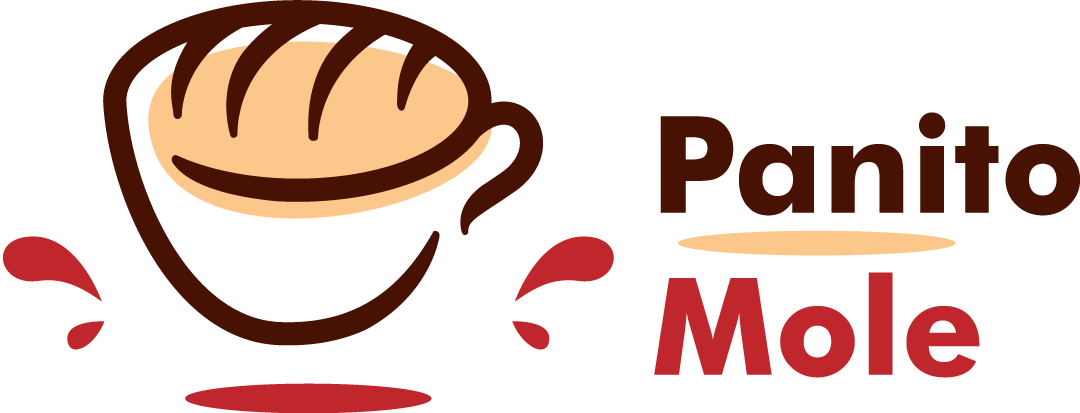
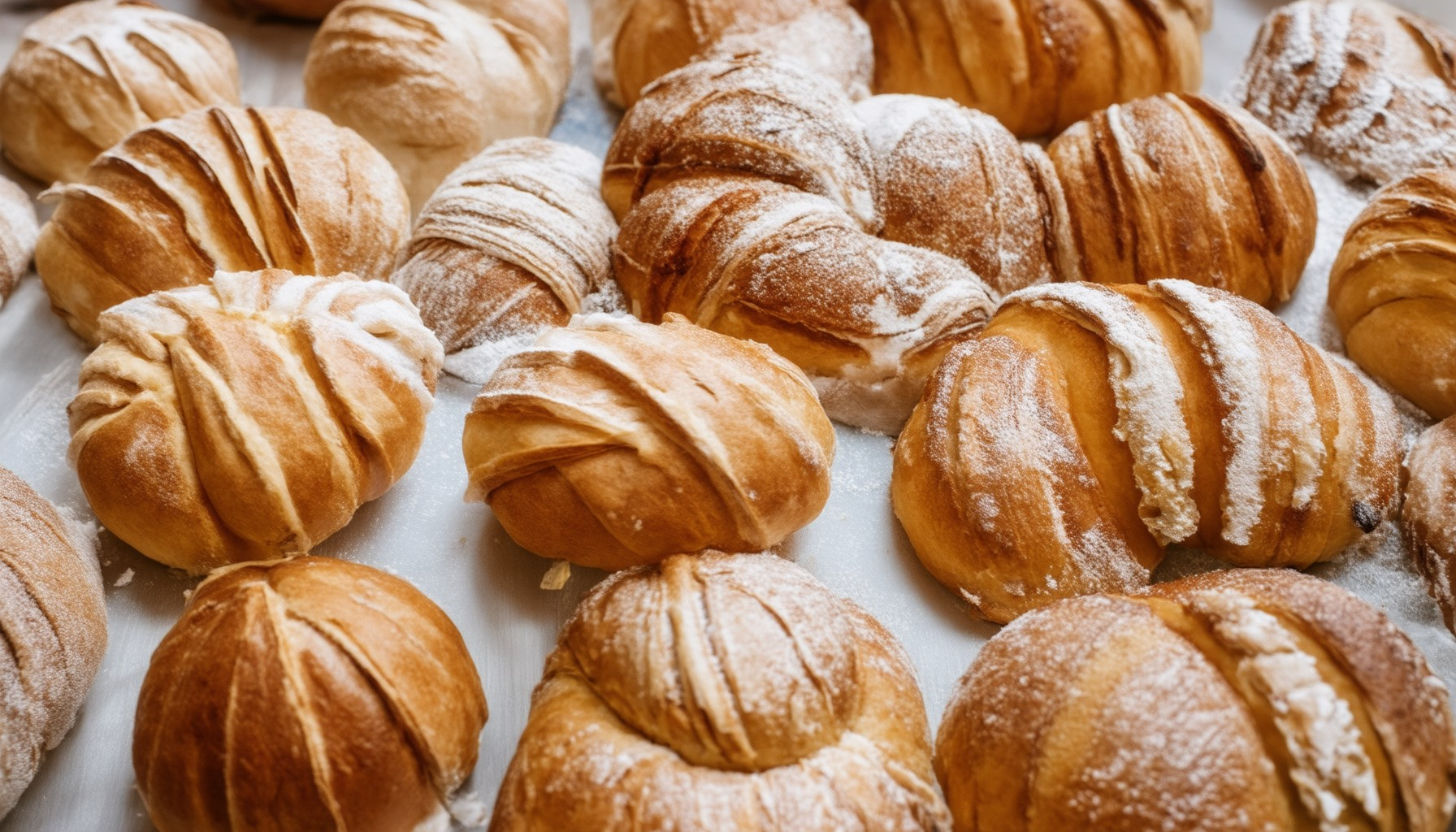
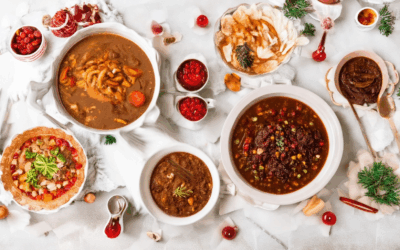
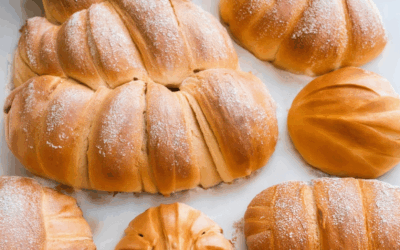
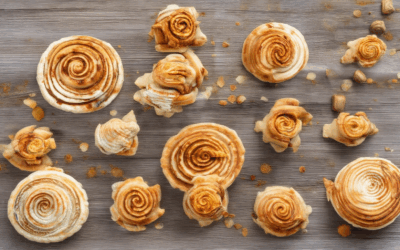
0 Comments